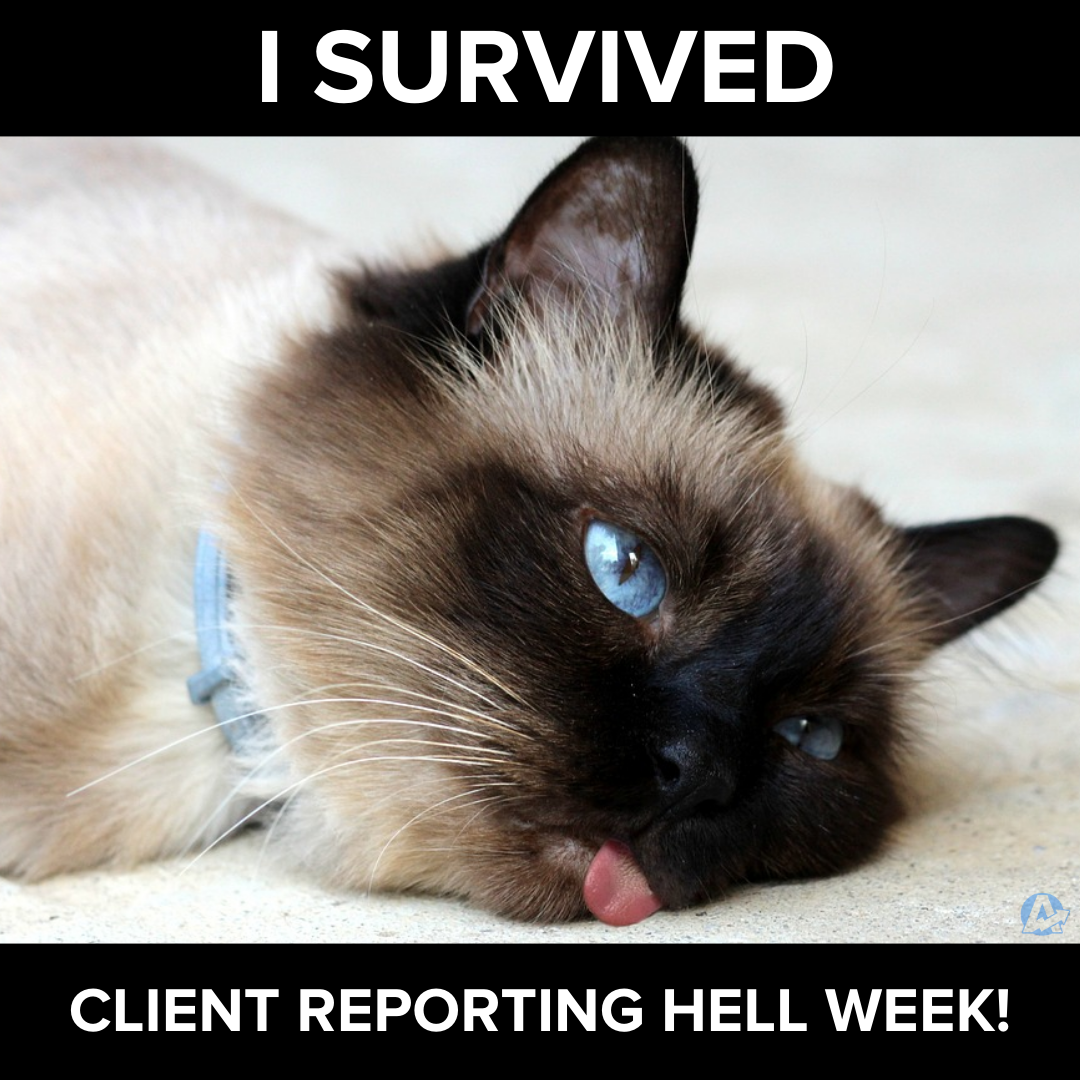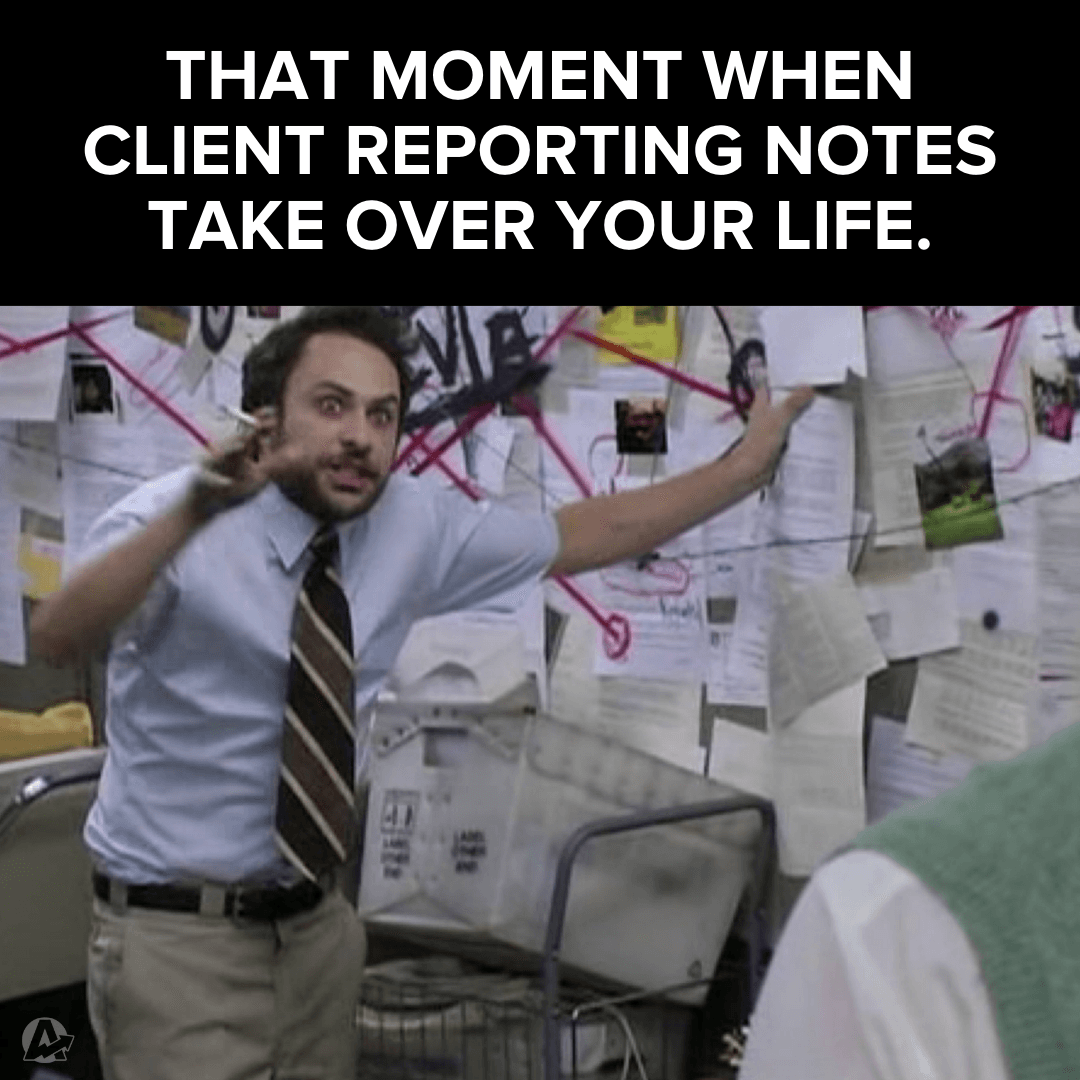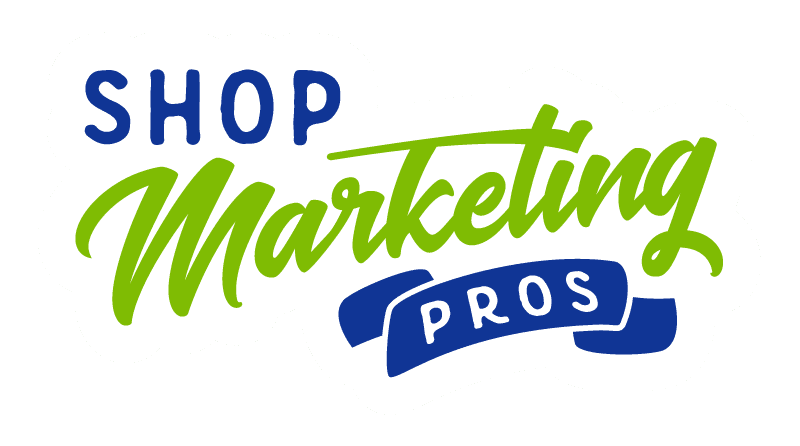Table of Contents
QUICK SUMMARY:
Client Reporting requires compiling and presenting marketing campaign data to clients. It's necessary for transparency and assessing campaign effectiveness. Manual client reporting consumes significant time and resources, detracting from strategic work. This article explains how automating reporting processes saves time, reduces errors, and increases productivity, freeing up account managers for more impactful tasks.
Ah, summer. A time for sunburns, barbecues, and—for many marketing agencies—client reporting. If you felt a pang of recognition there, you're not alone. As we say goodbye to another sun-soaked season, we can't help but wonder, Did you even feel the sand between your toes? Or was it just keyboard crumbs again.
While most people posted photos of their vacations, many account managers found their days filled with Excel spreadsheets and Google Analytics 4 dashboards. If that’s you, you're probably more familiar with click-through rates than the rate at which ice cream melts in the sun. And let's not talk about all the in-house office jokes about SPF–Server Performance Factors.
Summer may be fading like the ink in an overworked printer, but the piles of manual client reports aren't going anywhere. Just when you thought it was time to trade your flip-flops for autumn leaves, you're only swapping them for more PDF files and PowerPoint presentations.
But here's a little something to bring a ray of light into your air-conditioned office. Next summer is less than a year away, and who knows? If you take steps now, you might just manage to step out into the sun next year.
Sunny Afternoons Lost to Manual Reporting Madness
It's a rite of passage for account managers. The calendar says July, but while everyone's dreaming about beach volleyball, you're volleying between spreadsheets, dashboards, and campaign metrics.
Welcome to the frustrating world of manual reporting, where time, errors, and burnt-out account managers seem to multiply like sunscreen bottles at a public pool. Let's dig into why manual reporting is more than a nuisance—it's a summer season ruiner.
The Time-Consuming Nature of Manual Reporting
Time is funny; it seems to stretch infinitely when you're waiting for your vacation, yet contracts mercilessly when you're grinding through the intricate details of a client report. The hours spent collating data from multiple platforms, creating spreadsheets, and generating graphs could easily fill your entire workday.

But it doesn't stop there. You've still got to cross-check, validate, and compile this information into a format that makes sense to your client. Suddenly, manual reporting becomes a full-time job that sidelines the rest of your responsibilities.
You might think you're saving pennies by sticking to good old manual reporting. But trust me, the cost is more than just the wages paid to account managers who are turning into spreadsheet zombies.
The real price tag comes with hidden financial drains, missed opportunities, and—dare I say it—sacrificing innovation on the altar of data entry.
Let's do some quick math, but don't worry, no spreadsheets involved this time. It takes an average of three to five hours to complete one client report manually. If you have 20 clients, that's a cool 60 to 100 hours of precious time. Add another 10 hours for corrections, cross-referencing, and client clarification; you're staring at up to 110 hours of precious time each month.
That's nearly three weeks of full-time work for one person dedicated solely to reporting.
Doing the Math on Manual Reporting
3-5 hours per manual report X 20 clients = 60 - 100 hours + 10 hours corrections/cross-referencing = 110 hours of reporting per month
The Impact on Work-Life Balance During Peak Vacation Season
Vacation? What's that? During the heart of the summer season, work-life balance can tilt perilously toward the 'work' side.
When manual reporting keeps you tethered to your desk, weekend getaways, family barbecues, or even just a leisurely afternoon in a hammock become as elusive as a perfect PPC campaign. The result? Burnout, my friend. And we're not talking about the suntan kind.

In short, manual reporting is a summer fun-stealer, time-grabber, and all-around joy-robber. As you sat there watching your summer tick away on your monitor's clock, did you wonder if maybe–just maybe–there was a way to bring some of those sunshine vibes back into your cubicle?
The Opportunity Cost of Manual Reporting
So, you've got this big chunk of time, let's call it the "Manual Reporting Black Hole." What could you do with it if it wasn't consumed by manual reports?
How about strategy development, client relationship-building, even upskilling the team in the latest marketing techniques, or–pausing for dramatic effect–taking time off?
These are not just 'nice-to-haves'; they directly contribute to the growth and reputation of your agency. Opting for manual reporting essentially means opting out of opportunities with much higher ROI.
If you're knee-deep in Excel sheets, how will you find time to talk to your clients? And we're not just talking about the "Here's your report, any questions?" type of conversation. We mean meaningful interactions that can lead to strategy optimization or even upselling.
Instead of identifying growth opportunities or optimizing current campaigns based on real-time insights, you're stuck playing catch-up.
The bottom line? Manual reporting isn't just a tedious task you have to slog through; it's an anchor pulling down your agency's potential. Yes, the struggle is real, but what's even more real is the opportunity cost you incur by not adapting to more efficient methods.
But fear not, a pivot might be closer than you think, and it's not the type that involves turning your office chair to face yet another spreadsheet.
Can Report Automation Get You Back to the Beach?
While your flip-flops collect dust and your beach umbrella fades in the garage, could automation be the lifeguard ready to pull you out of the manual reporting riptide? (Spoiler alert: Yes, it can.)
Automated reporting tools are like that genius friend who gets stuff done while making it look easy. These platforms aggregate data from various sources—be it Google Analytics, social media, or email campaigns—into a centralized dashboard.
With customizable templates, generating client reports becomes as easy as tossing burgers on the barbeque. You click a few buttons, select your metrics, and boom, the tool takes care of the rest.
Many of these platforms even offer real-time reports that clients can access 24/7. That's right, sit back and allow the reports to build themselves while you're out building sandcastles.
Benefits of Automated Reporting for Both Account Managers and Clients
Imagine not having to choose between a client meeting and getting those reports out on time. Automation brings in a win-win situation. It's a massive time-saver for account managers, reducing those five-hour report marathons to mere minutes.
Automation slashes the error rate down to near zero by mitigating the risk of human oversight.
Clients receive more accurate, timely, and transparent reports, enhancing their trust in your services.
With your time freed up, clients benefit from more direct interactions with your team and quicker strategy adaptations.
The features and integrations are spot-on. It is mission-critical to be able to have one location and dissect all your marketing, SEO, social media efforts in one location without having to implement 20 different tracking and reporting tools to do the same thing this platform does.

SEO Mavericks
How Automation Helps You Focus on Strategy and Creative Work
With automated reporting covering your back, your brain is finally free to do what it was hired for in the first place—creative thinking and strategic planning.
Whether refining client ad campaigns, tweaking SEO strategies, or brainstorming new content, you finally have time to dive into the parts of your job that require a human touch. By devoting more time to nurturing these tasks, your clients will naturally benefit from the results.
Providing Downtime to Recharge and Re-Energize
It's not just about getting work done more efficiently; it's also about reclaiming your personal time. Imagine a summer where the line between work and play isn't just a blur but a clearly defined boundary.
Automation gifts you not just minutes but hours, and in the grand scheme of things, these hours can form some much-needed downtime. While it's great to focus on strategy and creativity at work, having time to unwind is equally crucial.
This isn't mere pampering; it's essential for maintaining peak performance. Even a finely tuned machine needs to power down for maintenance, and humans are no different. The science is clear: regular breaks and downtime significantly enhance productivity and overall well-being.
The only regret we have about switching to AgencyAnalytics is not doing it sooner. It has saved us an incredible amount of time and makes us look polished and professional.


Make Space for a Real Summer With AgencyAnalytics
Don’t fret over the sunsets you’ve missed and the barbecues you couldn't host this year. The end of summer doesn't have to mean the end of dreaming about reclaiming those idyllic, work-free days.
From streamlining your time and costs to freeing you up for more strategic and creative endeavors, automation has a clear ROI.
Automation isn't a summer dream that’s been ripped at the seams, it's here, it's accessible, and it's ready to save your next summer. The best part? You don't have to look far to find a user-friendly platform designed to make your professional life easier. See our client report template and our report templates for examples.
Think of this time as the countdown to a brighter, lighter, and decidedly more suntanned future. A future where automation takes care of the busy work and you take care of yourself. So go on, dig out that beach bag from the closet, and give it a hopeful pat.

Written by
Paul Stainton is a digital marketing leader with extensive experience creating brand value through digital transformation, eCommerce strategies, brand strategy, and go-to-market execution.
Read more posts by Paul StaintonSee how 7,000+ marketing agencies help clients win
Free 14-day trial. No credit card required.





